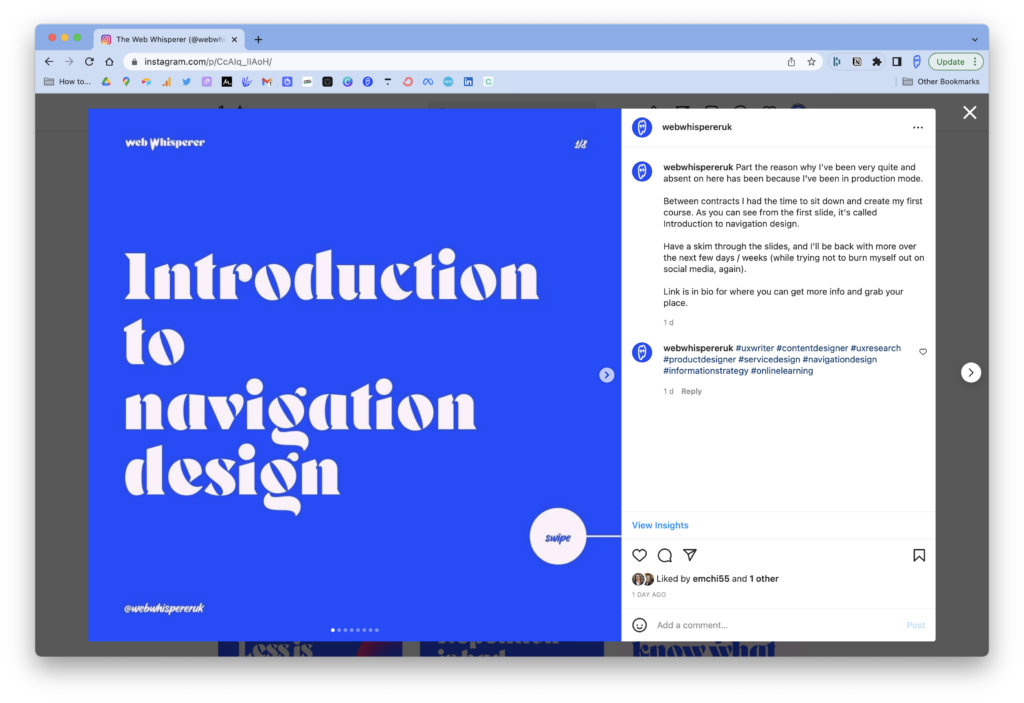If you hang out on design twitter (shudder) in the last week there’s been a lot of re-shares of a blog post about a blanket ban on using carousels in design.
I’ve thought long and hard about this, and rather adding to what feels like attention seeking on the part of the poster, I wanted to give my take on carousels.
It’s also made me think about the responsibility I have in sharing the knowledge I’ve gained during my career.
It depends
If there’s one catchphrase people have in the design industry, it’s probably “it depends”.
Which is where the original poster’s scathing attack of carousels comes completely undone.
I completely agree with the sentiment that carousels aren’t great experience for people in most situations.
However, the usage of carousels has some limited uses where the benefits of it are clearly demonstrated.
Context and complexity
Those of us who’ve been at it a while know the one thing that REALLY changes things is the context of something.
And if you work in the information strategy space, like I do, complexity also plays a part.
When you understand what the problem is you’re trying to solve, you can design solutions that fit the problem accordingly.
In some cases, having a page full of things is not a great experience. Presenting it in a carousel might be a better option.
Of course, as designers we would be identifying the problem, ideating a solution and then testing it with the people who will use it.
Responsible use
Carousels, traditionally, were used as promo panels, usually at the top of pages on websites.
The reason why they were so bloody awful was because there would be a lot of carousel panels and people would ignore them.
There was also an issue with the speed at which they ran. Too fast and you’d give someone a headache, too slow and after the first 3 they would be ignored.
There is also a big problem with accessibility as they are usually not set up with this in mind.
As a promotional device on websites, they’re AWFUL and I would avoid using them, unless they tested positively.
The thing is, carousels are everywhere, and they’re not all bad.
Two uses of carousels that get excellent engagement, have excellent context and work really well.
Example 1: Property (or real estate for the non-Brits) websites
They use images at the top of the page that are a good size and visitors can scroll through them to get an idea of what the property looks like.
They sit really well in the context of the website.
Example 2: Social media
You probably weren’t expecting this one. If you’re a small business owner, using carousels of content in feeds are a great way of sharing something with your followers.
If you follow any experts in the specific social media channels then you’ll know that carousels used well, actually get good engagement.

The wrap up
The point that I’m trying to make is that context is everything.
Suggesting that you should absolutely not do something is irresponsible.
Explore what other people are doing outside of the industry of the project you’re working on.
Understand the problem, ideate lots of options and test, test, test with people.
